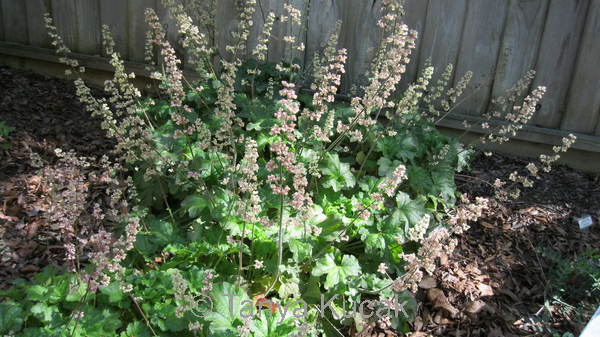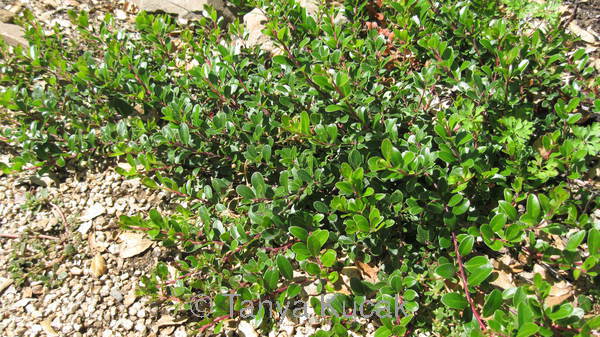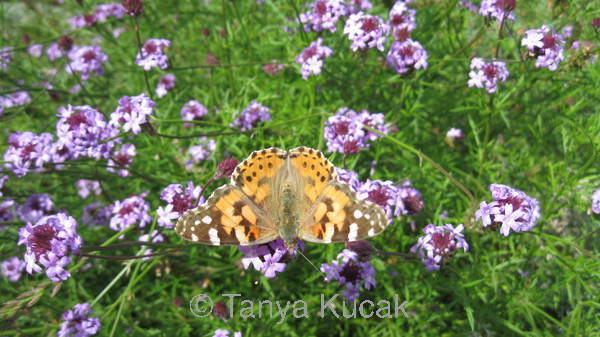
In many neighborhoods, the most unloved parts of the landscape are the parking strips between the curb and the sidewalk. At a talk sponsored by the Gardening with Natives group of the California Native Plant Society last year, Carrie Jensen advocated reclaiming those dirt patches.
When she and her husband bought their house five years ago, the parking strip was concrete. So they rented a jackhammer and got rid of it. I'm not a construction worker, and if I can do it, anyone can do it, Jensen said. Because the soil was so poor, Jensen planted mustard and alfalfa as cover crops, then chopped them in place before they went to seed. She added mulch to speed the decomposition, then planted native wildflowers, grasses, and perennials.
For parking strips with lawn or bare soil, Jensen recommended sheet mulching with layers of compost, cardboard, and wood-chip mulch.
Jensen, a landscape designer who specializes in habitat restoration, had good advice for designing the parking strip. First, make sure the mulched edge is level with the sidewalk so that you won't create a tripping or slipping hazard from mulch falling onto the sidewalk. You can do this by digging a trench along the edges of the parking strip.
Second, Jensen pointed out that the parking strip is a public space, and people will inevitably trample some plants. Don't plant your favorites without protecting them, she advised. Instead, create intentional places to walk with stepping stones. Put strategically placed rocks at the corners and other areas where people might be tempted to cut across. On the curb side, you can add pavers so passengers can get out of parked cars without stepping on plants.
Choose plants with the following criteria in mind.
For tight spaces, the smaller native buckwheats are showy and attract pollinators. Sulfur, saffron, and rosy buckwheat are all good choices. The Select Mattole cultivar of California fuchsia also forms a low, compact mound and sports bright red-orange flowers from late summer to late fall.
In shadier areas, Jensen suggested hummingbird sage, clumping Douglas iris, native coral bells, or the minty groundcover yerba buena.
Native wildflowers are a popular choice in parking strips, but they bloom only a few weeks without watering. If you take the time to water and deadhead the flowers, you can extend the showiness to four months. Intersperse the annual wildflowers with perennials and subshrubs to keep the area looking good year-round.

For a shady parking strip, native heucheras punctuate the air with frothy blooms. Flower colors can range from white to pale pink to deep rose, depending on the cultivar. Plant heucheras with Douglas iris and hummingbird sage.

Plant a well-behaved evergreen groundcover such as Radiant manzanita in part shade for best performance. A single plant can spread 3 to 6 feet wide. Unlike a lawn, it needs no mowing and no water once established.

Butterflies are attracted to the purple flowers of lilac verbena, a mounding perennial with a lovely fragrance that does best in full sun. In a parking strip, the colors blend well with pink or white yarrow.
© 2014 Tanya Kucak